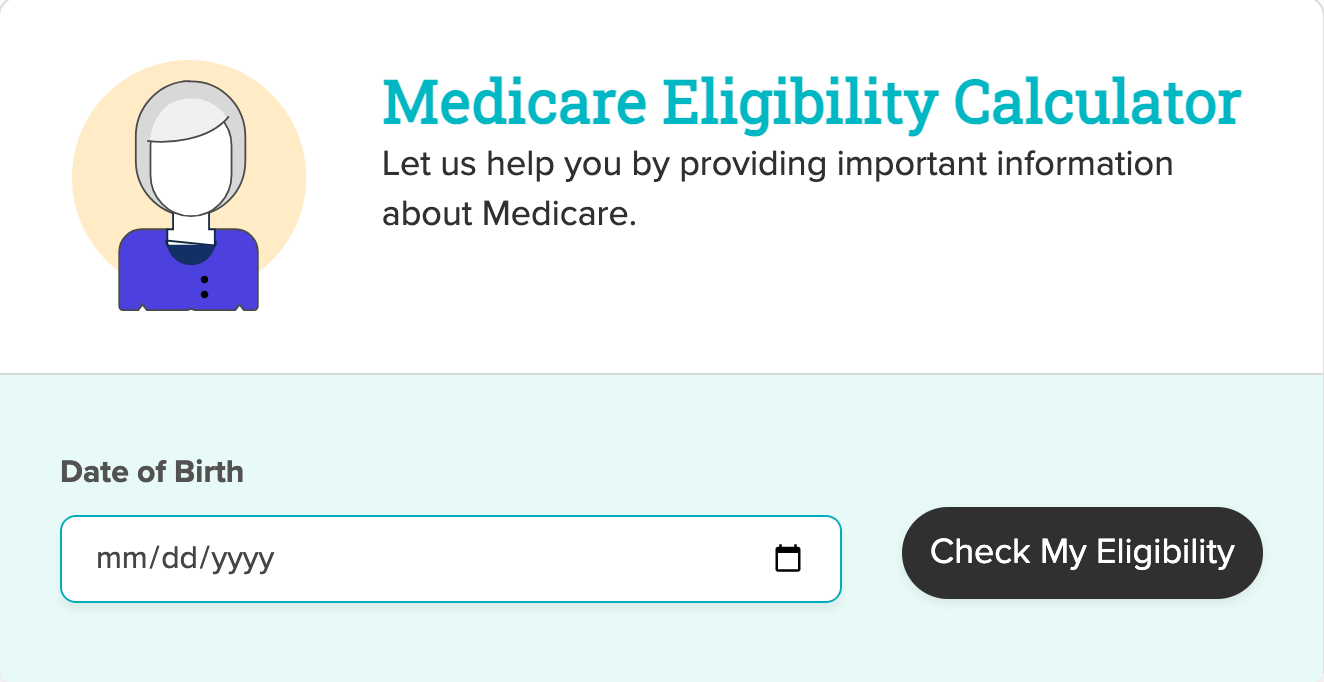Since the launch of the Affordable Care Act, Accountable Care Organizations (ACOs) have become increasingly popular and prominent. The government designed ACOs to lower healthcare costs and improve patient care, but do they deliver? Here’s what you need to know about them.
What is an Accountable Care Organization?
An accountable care organization is a group of doctors, healthcare providers, specialists, and hospitals that work together to provide clinically efficient care to Medicare patients. By coordinating efforts, an ACO aims to give patients necessary medical attention without duplicating services. When an ACO delivers care in an effective and cost-efficient manner, its members may receive bonuses.1
How does it work?
Accountable care organizations work by placing financial responsibility on healthcare providers. As a result, healthcare providers will seek to improve patient management and reduce unnecessary spending, thereby controlling healthcare costs.
ACOs incentivize doctors, hospitals, and specialists to work together and form partnerships to offer higher standards of care.2
If you are a patient within an ACO, doctors, and hospitals will refer you to fellow healthcare providers within its network. However, you can elect to see any doctor of your choosing, even if outside of the group.3
Pros and Cons of Accountable Care Organizations
From a patient perspective, working with an accountable care organization network has definite benefits and drawbacks.
Pros
- Cost-savings: By increasing care coordination, ACOs decrease unnecessary medical spending. In 2018, Project Hope reported that the Shared Savings Program generated $739.4 million in total net savings across 548 ACOs.4
- Fewer repeated tests: Because healthcare providers work together and use electronic health records, there are fewer repeated tests. For you, that means fewer appointments, blood draws, and X-rays.
- Less paperwork: Healthcare providers in an ACO collaborate and share documents, so you may have less paperwork to complete.5
Cons
- Limited choice: With so many healthcare providers joining ACOs, some patients will have trouble finding doctors outside of a specific group. The shortage of options could lead to higher patient costs.
- Referral restrictions: ACOs provide doctors incentives to refer to specialists within the group. In some cases, patients could struggle to get an objective referral.6
- Privacy concerns: Medicare will share some information about your care with ACOs. To prevent that, you need to call 1-800-MEDICARE and tell a representative you don’t want Medicare to share your information with ACO healthcare providers.5
How do they benefit the healthcare system?
Within the Affordable Care Act, Congress created the Medicare Shared Savings Program. As part of that program, accountable care organizations gave healthcare providers incentives to cooperate and avoid unnecessary tests and medical procedures. By doing this and sharing information, they reduce healthcare expenses.
ACOs also streamline care. They are limited to Medicare patients, who tend to have more intensive healthcare needs than the general population. By creating a network of healthcare providers who coordinate care, elderly patients can avoid unnecessary appointments, tests, and paperwork — and still enjoy high-quality care.
ACOs have stringent care requirements. As of 2019, there are 23 quality measures they have to meet to continue participation in the program and to maintain eligibility for shared savings.7
How do Accountable Care Organizations save money?
The United States spends more on healthcare than other developed countries.8 However, its healthcare outcomes are not better than other countries, highlighting a serious problem.
Some healthcare procedures are more costly than effective. Patients often see multiple doctors who may have little or no communication with one another. With no coordination, patients may take the same tests or undergo the same procedures repeatedly, adding to healthcare costs.
Accountable care organizations aim to eliminate those problems. By boosting collaboration, they can reduce unnecessary procedures and services. At the same time, ACOs give physicians more flexibility than they have with HMOs.9
How Many Accountable Care Organizations Are There?
As of July 2019 — the last available data — there are 559 Medicare accountable care organizations in the United States. They serve over 12.3 million patients.10
ACOs have improved the quality of care for Medicare beneficiaries. In their first three years of operation, ACOs improved their performance on the majority of measurements.7
ACOs are becoming increasingly popular for healthcare providers and patients. More than 500,000 healthcare professionals care for Medicare beneficiaries within an ACO, and some states are moving their fee-for-service Medicaid recipients to an ACO model, too. Some major employers, such as Disney and Walmart, are also transitioning to a similar model to decrease costs while offering high-quality care.11
ACOs continue to evolve. In 2018, the government passed the CHRONIC Care Act to eliminate barriers to care coordination. This law established the ACO Beneficiary Incentive Program. With this program, ACOs offer Medicare beneficiaries a flat payment of up to $20 when they receive qualifying primary care services. This approach encourages patients to seek out medical attention early on, preventing costly issues from arising later.12
Using your health coverage
If you have Original Medicare, you may be assigned to an accountable care organization. While you may still choose your doctors, working within the network may mean fewer screenings, tests, and appointments. And with greater collaboration between your healthcare providers, you can ensure you get the best care possible.


